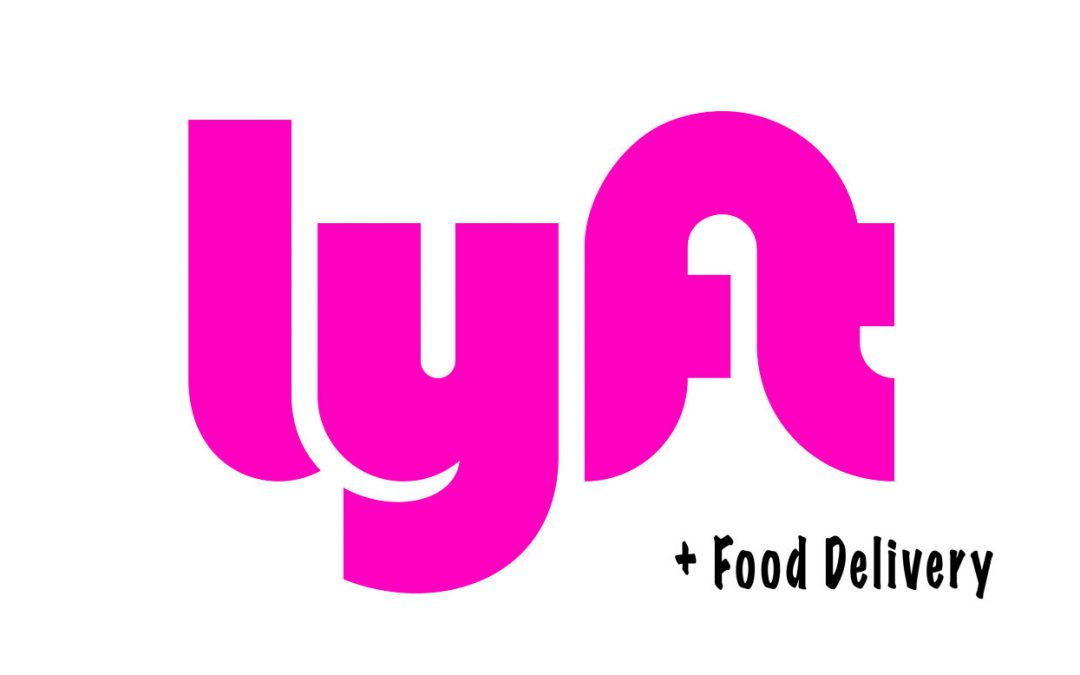Ride-hailing second chair Lyft said it will soon be entering the food-delivery space.
The San Francisco-based ride-sharing operator reported a nearly 50-percent drop in quarterly revenue, falling to $499.7 million. That’s still ahead of analyst expectations, but like Uber, Lyft is now looking to pivot into a growing part of the convenience economy.
According to an article from Reuters, Lyft is looking to enter the crowded delivery field at a less-crowded end of the proverbial pool: delivering food for restaurants without a full-fledged customer-facing platform.
President John Zimmer told Reuters Lyft sees an opportunity to empower restaurant delivery without a lot of the now-standard overhead or fees.
“What we’re hearing from restaurants is they’re looking for a partner who will not charge 30-percent commission, but still offer delivery service,” Zimmer said.
During its latest earnings call, Zimmer said delivery tests began during the pandemic’s early days and, thus far, have been positive.
“We’ve been pleased with our essential deliveries pilot, which we initially launched to connect drivers with incremental opportunities to earn during the pandemic. As we’ve expanded the program, we’ve spent time talking to retailers and other local businesses about what they need. And they’ve told us that current delivery models with their expensive commissions are not working for them, and they’ve emphasized that the overall incentives are not aligned between delivery platforms and individual retailers,” Zimmer added.
He went on to reiterate retailers don’t like the fees, but Lyft has the potential to help.
“What we’re hearing from these restaurants and retailers, especially during the pandemic, is they want to partner not someone that’s going to be, you know, taking 20 percent to 30 percent,” said Zimmer. “They want to just have the delivery capabilities, which obviously the one million plus drivers we have on the platform, we can provide.”
He said it’s a business-to-business play, as opposed to a direct-to-consumer one. Even so, the U.S. delivery scene is not exactly “untapped.” DoorDash, for one, delivers at the behest of restaurants and many brands have secured partnerships to deliver via their own digital infrastructure for a smaller cost.
Expect to hear more concrete plans as the company pushes toward its goal of reaching profitability in 2021.
A request for comment from Lyft was not returned by press time, but this article will be updated with any future response.


